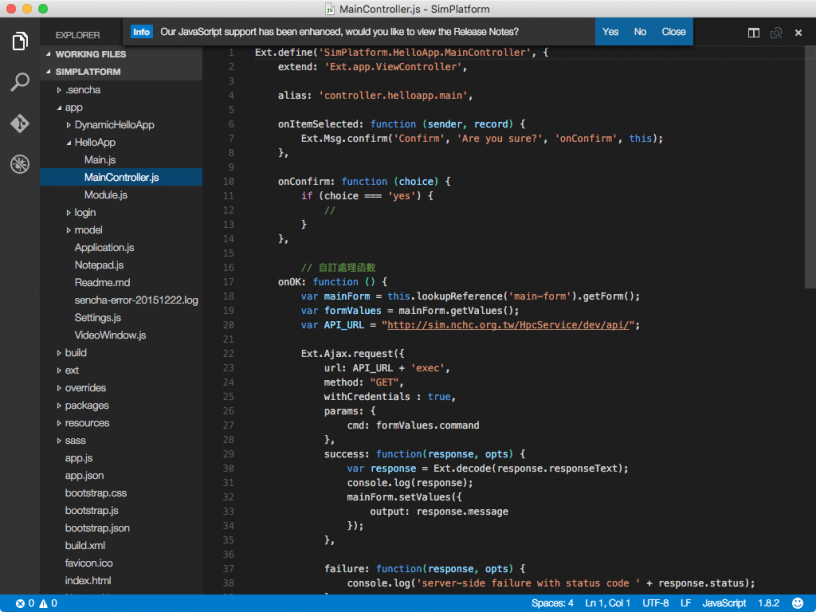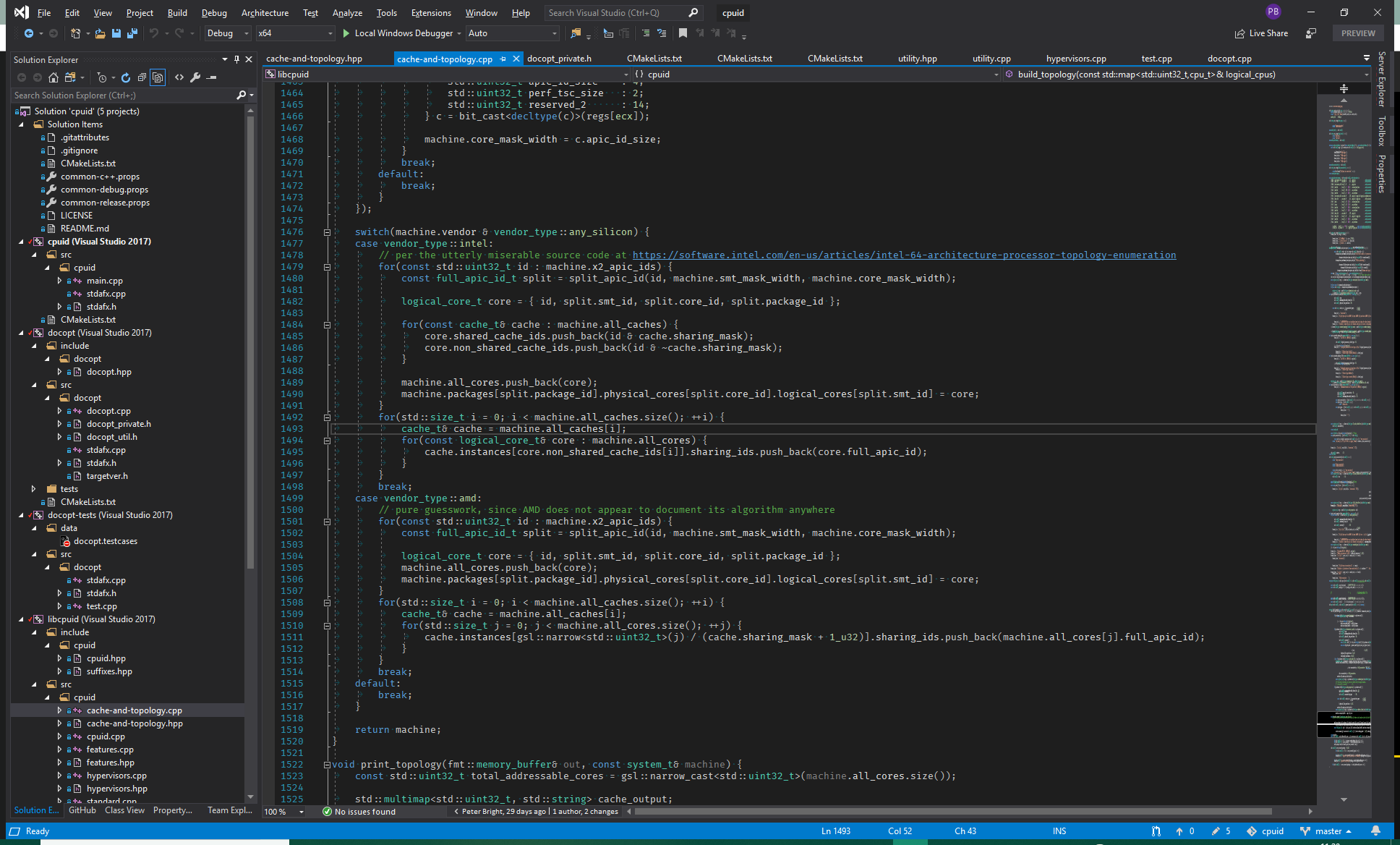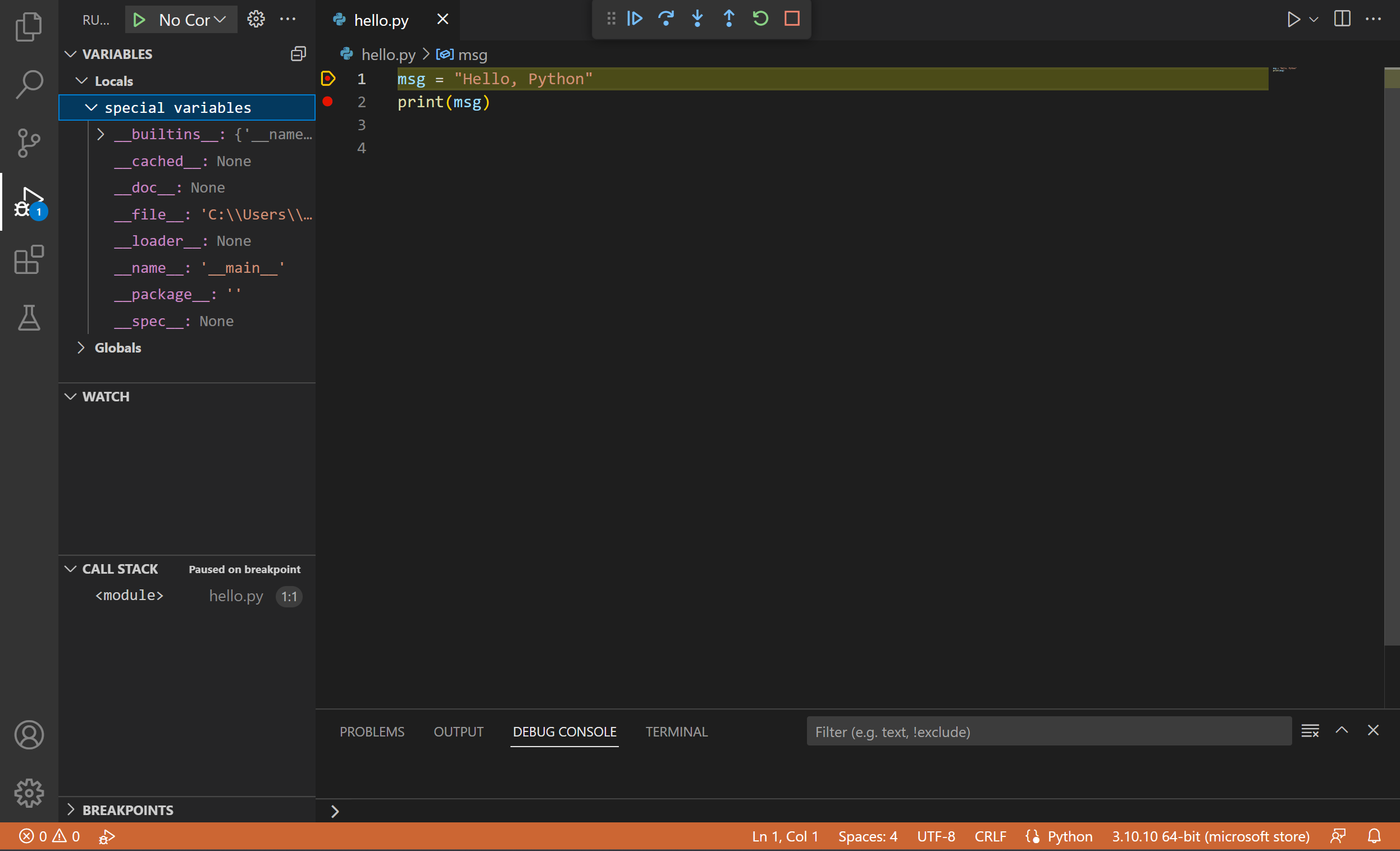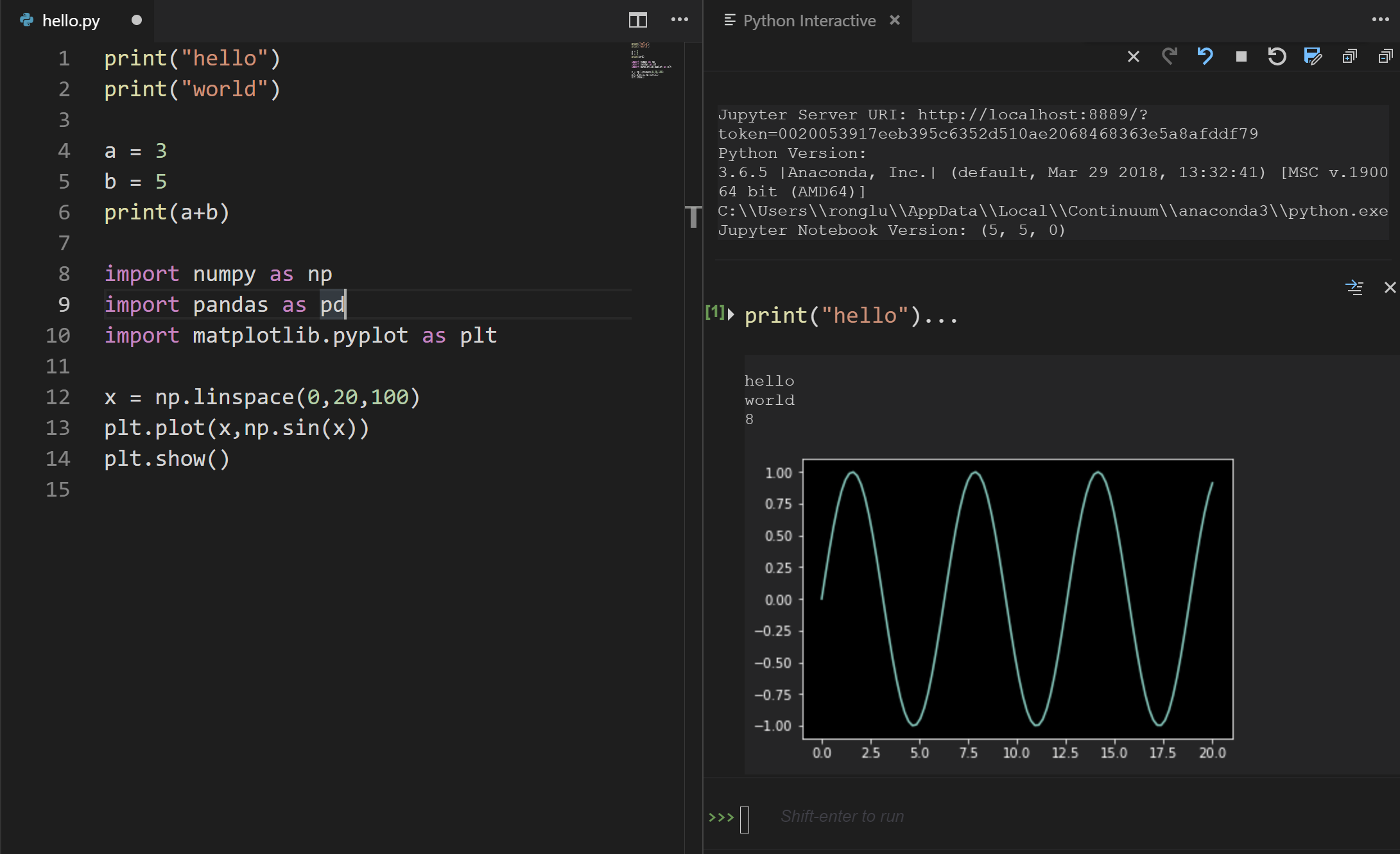

In P圜harm, you can add virtual environments manually and set their interprets as the default. Visual Studio Code supports various Python Interpreter. Virtual environment plays a vital role in the development of libraries and experiments.

P圜harm is reported to have extremely slow lead-time. Microsoft's IDE has a wide range of extensions, add-ons, and other libraries. When it comes to modular approach of wiring code, Visual Studio Code is a winner. It is extremely lightweight as compared to P圜harm. Remote Development extension also installs Remote – Containers, Remote – SSH, Remote – SSH: Editing Configuration Files, and Remote – WSL.Microsoft's Visual Studio Code is much faster as compared to P圜harm.

Double click the downloaded binary, VSCodeUserSetup-圆4-1.52.1.exe, to install.When the tutorial is written, the latest version is 1.52.

Since Windows 10 is the host VS Code runs in this tutorial, we need to install VS Code on the Windows host. The Python extension supports all of the linters above. venv for creating a virtual environment.Ubuntu 20.04 (for WSL and remote Linux)Ī typical Python development includes the virtual environment, linting, test, and debug.Visual Studio Code 1.52 with extensions.The Python project has the following layout: This tutorial uses a simple Python project to demonstrates the VS Code setup for Python development on Windows 10, Windows Subsystem for Linux, remote Linux, and Raspbian on Raspberry Pi. Step 2: Create a Virtual Environment and the Project.Setup Python Development Environment with WSL.Setup Python Development Environment on Raspberry Pi via SSH.Step 3: Connect to the Remote Linux Host.Step 1: Install OpenSSH client on the Windows 10 Host.Setup Python Development Environment on Linux via SSH.Configure Linting, Type Checking, and more.Setup Python Development Environment on Windows.


 0 kommentar(er)
0 kommentar(er)
